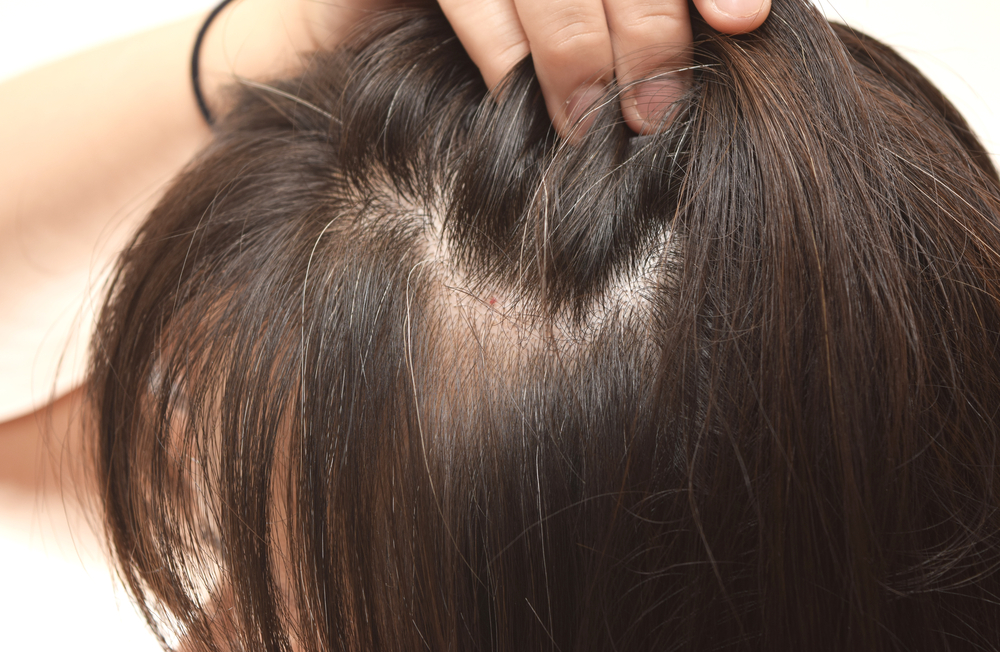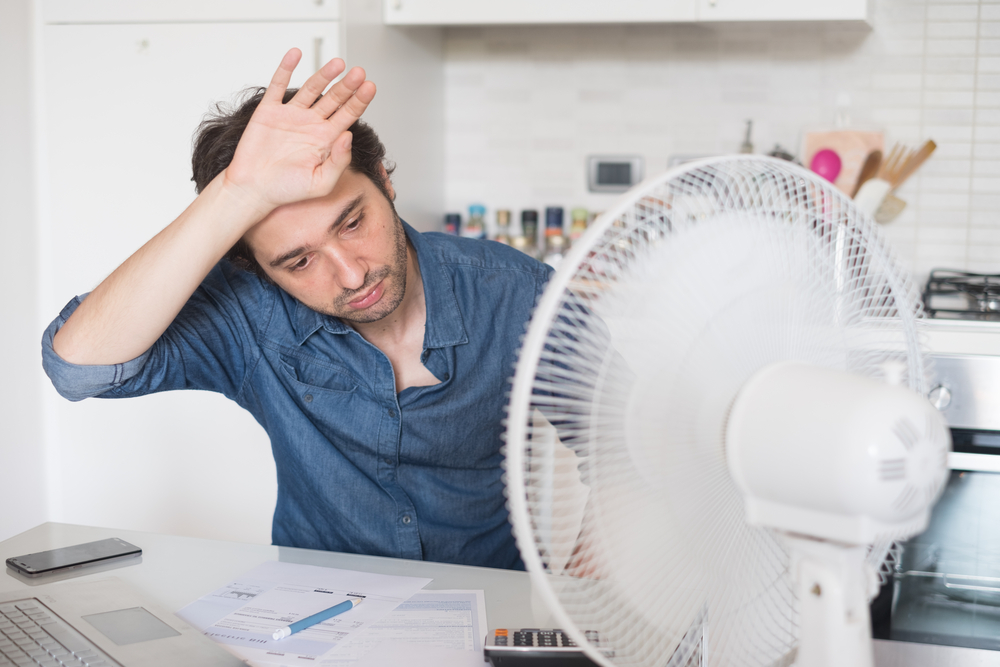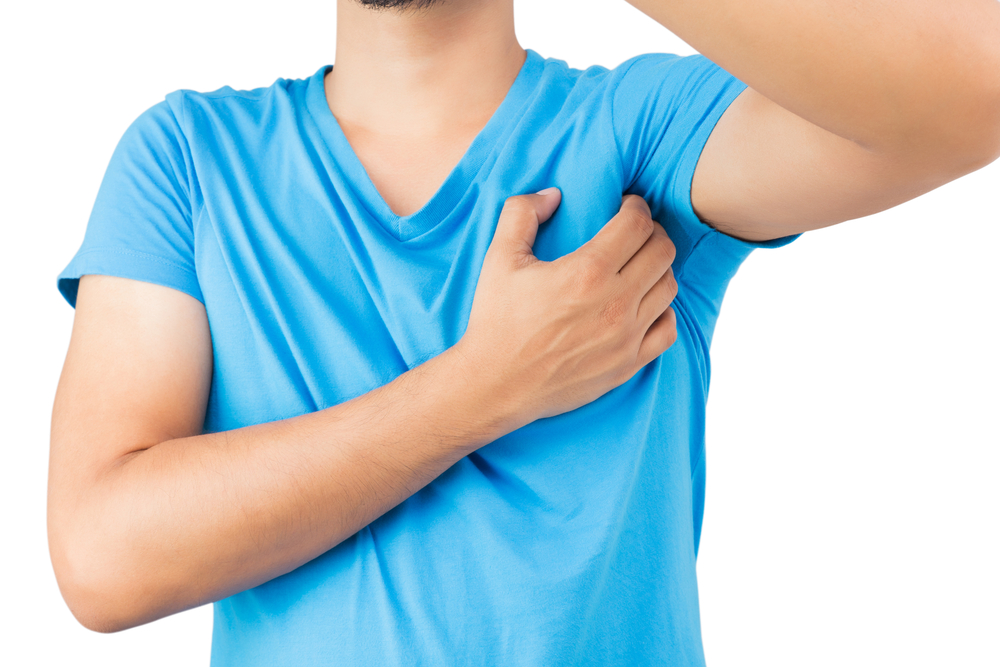Contents:
- Medical Video: What If the Earth Lost Oxygen for Just 5 Seconds?
- Anoxia is a condition of the body that runs out of oxygen
- What is the danger?
- Signs and symptoms when the body experiences anoxia
- What are the causes of anoxia?
- Anemic anoxia
- Toxic anoxia
- Stagnant anoxia
- Anoxic anoxia
- What can be done?
Medical Video: What If the Earth Lost Oxygen for Just 5 Seconds?
Shortness of breath or difficulty breathing may be the first thing that might cross your mind once you imagine your body unable to get oxygen. We do need oxygen to breathe. However, the role of oxygen in the body is not only that. Anoxia is an emergency condition that occurs when the body does not get oxygen at all. Anoxia can have a fatal impact in just a short time.
Anoxia is a condition of the body that runs out of oxygen
Anoxia is an extreme condition that occurs when the body has completely lost oxygen stores. Anoxia usually does not occur suddenly, but develops from untreated hypoxic conditions. Hypoxia itself is a condition of body tissue that lacks oxygen intake.
Every cell, tissue, and organ in the body needs oxygen to function properly. When the body is completely depleted of oxygen, its organs can suffer injuries known as hypoxic-anoxic damage.
What is the danger?
Anoxia is a condition that is very dangerous for the brain. The brain will suffer severe damage from cells that die from not getting oxygen. Serious brain damage can be deadly if not overcome. It only takes about 4 minutes from zero oxygen at all until it can cause permanent brain damage, maybe even total malfunction.
Not only the brain can experience damage due to anoxia. Various organs whose functions depend on the work of the brain, such as the heart and kidneys, can also experience malfunction when the owner of the body experiences anoxia.
Signs and symptoms when the body experiences anoxia
Anoxia does not occur immediately, because it is generally preceded by hypoxia and mild symptoms of anoxia. Mild anoxia can appear in a few moments after the body is completely deprived of oxygen, with symptoms such as:
- Very fast mood and personality changes
- Difficult to make decisions and disturbances to read situations, judge something. or draw conclusions
- Memory loss
- Disorientation (confusion, dazed)
- Unable to remember words and difficulty speaking
- Feeling dizzy with the body feeling weak
- Having an unusual headache
- Difficult to concentrate
At first glance, the initial symptoms of mild anoxia may not be too obvious, even similar to fatigue or normal dehydration. However, it is precisely at this time that it is very important to get medical help as soon as possible.
After the body runs out of oxygen, the symptoms of anoxia begin to appear which is characterized by convulsions, hallucinations, until the body collapses and loses consciousness.
What are the causes of anoxia?
How hypoxia can initially develop so that anoxia will depend on the type of anoxia experienced. Anoxia can be caused by internal body factors, for example related to the health of the heart and blood vessels, or from external factors such as low levels of oxygen in the air or inhalation of poisons.
What are the common types of anoxia?
Anemic anoxia
The cause of anemic anoxia is the lack of hemoglobin in the blood vessels to circulate oxygen throughout the body. Anemic anoxia is associated with iron deficiency anemia or thalassemia blood disorders.
Toxic anoxia
Toxic anoxia occurs when poisons inhaled into the body cause interference with blood flow, resulting in a serious lack of oxygen in the body. This type of anoxia is generally caused by carbon monoxide gas poisoning that comes from vehicle fuel residue or inhales fire fumes.
Stagnant anoxia
This type of anoxia is related to cardiovascular diseases such as heart attacks, strokes, arrhythmias, and heart failure. Anoxia caused by the heart unable to pump blood properly can cause the brain and other organs to be very deprived of oxygen.
Anoxic anoxia
Anoxic anoxia is a type of anoxia that occurs due to low oxygen levels, so the air you breathe does not contain enough oxygen the body needs.
Anoxic anoxia is one of the common health problems experienced by mountain climbers. The higher you climb, the more oxygen in the air will thin out. However, the body needs more oxygen during heavy physical activity. This gap between the amount of inventory and demand can cause the body to eventually lack oxygen.
This type of anoxia can also occur when someone is suffocated, drowned, has an asthma attack, and other respiratory disorders.
What can be done?
Steps to overcome anoxia will be adjusted to the cause and how long the body has experienced lack of oxygen.
If it has caused loss of consciousness, the body will be restored through the action of heart-lung resuscitation (CPR) and the installation of a ventilator breathing apparatus. Symptoms of seizures due to anoxia must also be treated as soon as possible to facilitate the recovery process.
After experiencing anoxia the body is also likely to experience a decline in function. For that we need some therapies that can accelerate the recovery of brain cell work, such as:
- Speech therapy by moving the mouth to facilitate communication and ingesting food
- Physical therapy that focuses on walking therapy and body control
- Occupational therapy to adjust to the conditions of everyday life
- Counseling therapy to help adjust to change
- Recreational therapy, including listening to music, making art, playing games and sports to restore fitness.
Regardless of the effects of anoxia, the goal of therapy is to improve the quality of life after experiencing it. Therefore, routine therapy is important to improve one's activity patterns after recovering from anoxia.











